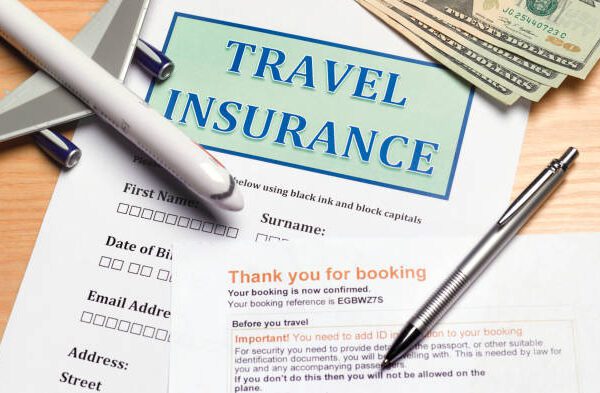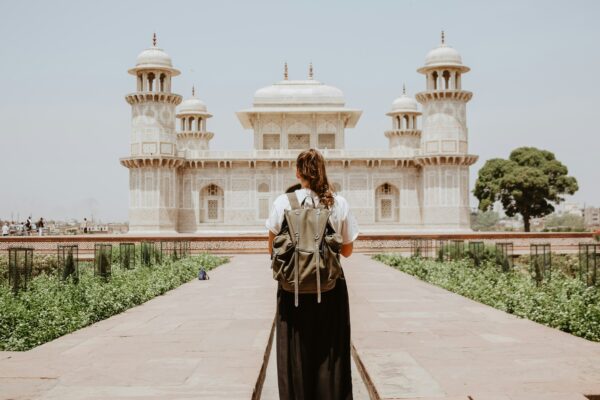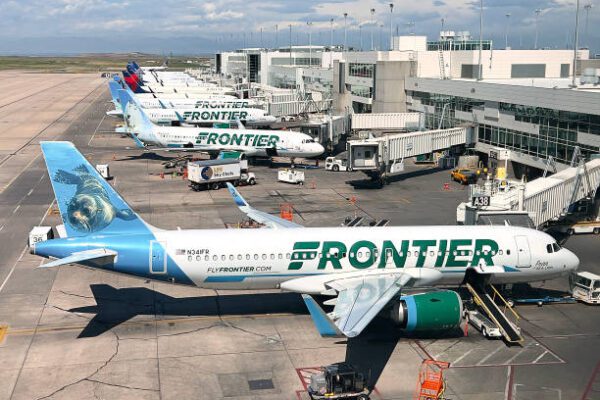Table of Contents
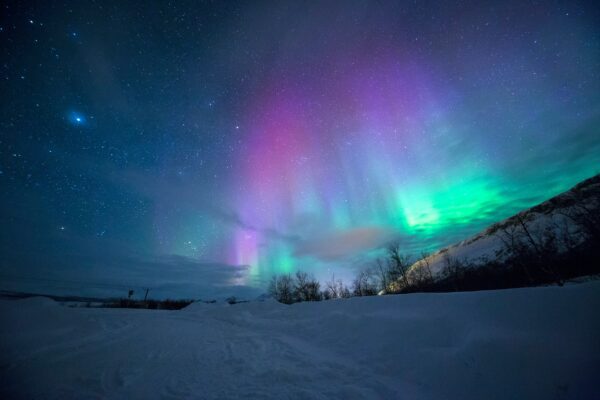
There are few travel experiences as captivating as witnessing the northern lights Iceland is famous for. These ethereal ribbons of light that dance across the Arctic sky are a major draw for tourists from around the globe. Iceland, with its proximity to the Arctic Circle and minimal light pollution in rural areas, is one of the best places in the world to see the aurora borealis. However, timing your trip just right is key to increasing your chances of catching this magical phenomenon. Understanding the weather, daylight hours, and solar activity can make a significant difference in your aurora-viewing success.
This comprehensive guide will help you plan the perfect northern lights adventure in Iceland. Beyond timing, there’s also the allure of Iceland’s breathtaking natural scenery—volcanoes, waterfalls, black sand beaches, and geothermal hot springs—all of which enhance the magic of viewing the aurora. Traveling to Iceland during aurora season also gives visitors the unique opportunity to participate in winter-specific activities like ice cave tours, dog sledding, and snowmobiling, adding depth and variety to your travel experience.
In addition to practical tips, this guide explores cultural insights and photography advice to ensure you walk away not only with memories but also with stunning visual mementos of your trip.
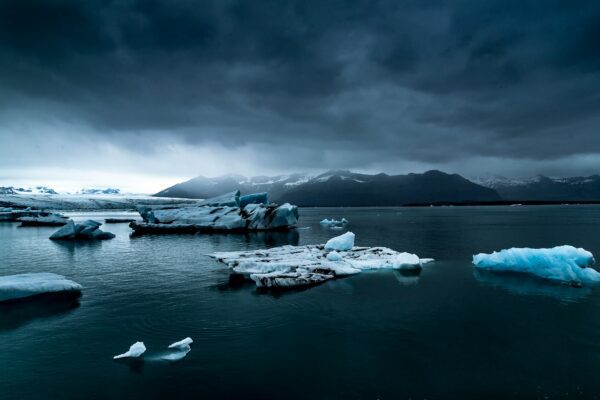
Why Iceland is Ideal for Viewing the Northern Lights
When people think about the best places in the world to see the aurora borealis, Iceland often tops the list. With its wide open spaces, limited urban lighting, and frequent clear skies during the winter months, it offers ideal viewing conditions. The phenomenon of northern lights Iceland provides is made even more stunning by its dramatic landscapes—volcanoes, glaciers, and geothermal hot springs serve as otherworldly backdrops. Iceland also lies just below the Arctic Circle, placing it in a sweet spot where aurora activity is common but not limited by extreme polar conditions.
Add to this the fact that Iceland is easily accessible from North America and Europe, and it becomes clear why so many travelers are eager to see the lights here. Additionally, Iceland’s strong tourism infrastructure ensures that visitors have access to knowledgeable guides, comfortable accommodations, and reliable transportation, all of which contribute to a stress-free and rewarding aurora experience.
Whether you’re staying in a cozy countryside cabin or a luxury hotel, the emphasis on sustainability and hospitality adds another layer of enjoyment. Iceland’s embrace of renewable energy and its commitment to preserving natural beauty also means your travel has a lower environmental footprint. This combination of natural, logistical, and ethical advantages makes Iceland an unbeatable destination for northern lights enthusiasts.
Factors That Influence Northern Lights Visibility in Iceland
To understand the best month to see northern lights in Iceland, it’s crucial to learn what affects aurora visibility. The lights are caused by solar particles colliding with the Earth’s atmosphere, and their intensity can vary from night to night. Key factors that influence visibility include solar activity, cloud cover, and the length of the night. Winter months offer the longest nights, providing a longer window to catch the lights. Weather patterns are another major factor, as clear skies are essential.
Certain regions of Iceland, particularly in the north and away from the capital city of Reykjavik, tend to have more favorable conditions. Apps and websites now provide real-time aurora forecasts, making it easier than ever to plan your viewing. Other considerations include moon phases—darker skies yield better aurora contrast—and your location’s elevation and latitude.
Moreover, light pollution from cities can diminish the visibility of the aurora, so seeking out remote locations becomes a strategic advantage. It’s also worth noting that some seasons are more prone to stable weather systems, which can significantly boost your viewing chances. Armed with the right knowledge and tools, you can greatly enhance your odds of seeing this elusive natural wonder, turning your journey into an awe-inspiring experience.
The Role of Weather and Darkness in Planning Your Trip
When planning a trip to see the northern lights Iceland is known for, two of the most critical factors are weather and darkness. Iceland’s weather can be notoriously unpredictable, with rapidly changing conditions even within a single day. However, certain months tend to offer clearer skies, which are essential for seeing the lights. Darkness is another crucial element—during the summer months, the midnight sun means it’s never truly dark, making aurora viewing impossible.
From late September through early April, the nights are long enough to make sightings feasible. Winter months like December and January have the longest nights, increasing your odds significantly. Combining long nights with strategic location choices away from city lights gives you the best chance. It’s also helpful to track weather forecasts and cloud coverage maps when planning nightly excursions. While winter brings ideal conditions for aurora hunting, it also comes with hazards like icy roads and snowstorms, which require cautious travel planning.
Moreover, being flexible with your itinerary and spending multiple nights in Iceland can significantly increase your chances of experiencing a clear, aurora-filled sky. Accommodations in rural areas often offer aurora wake-up calls, so guests don’t miss a sudden display. With patience, persistence, and preparation, travelers can make the most of Iceland’s variable climate and long nights to catch this breathtaking light show.
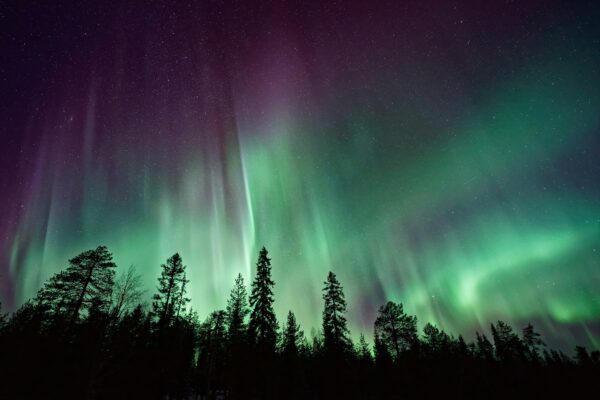
Best Month to See Northern Lights in Iceland
So what is the best month to see northern lights in Iceland? While the lights can technically appear any time from late August to mid-April, the months of September through March are generally considered the prime viewing period. Each month offers different advantages: September and October often feature milder weather and less snow, making travel easier. November through February offer the darkest skies, although snowfall can sometimes obscure visibility.
March is another excellent time, combining long nights with more stable weather. Solar activity is also cyclical, peaking approximately every 11 years. Keeping an eye on the solar cycle can help you plan your trip for a time when aurora activity is expected to be high. It’s also important to consider travel logistics—flights and accommodations are often cheaper outside of the peak tourist months, making shoulder seasons like late September and early March particularly appealing.
These months offer a balance of good aurora visibility and lower tourist crowds. Additionally, cultural events like Iceland Airwaves in November or the Winter Lights Festival in February can enhance your trip, providing entertainment and local experiences alongside your aurora quest. With thoughtful planning, you can time your visit for maximum impact—combining ideal aurora conditions with enriching travel experiences across Iceland’s stunning terrain.
Northern Lights Tours and Packages in Iceland
Many travelers opt to join guided tours when chasing the northern lights Iceland offers. These tours are led by experienced guides who monitor weather and aurora forecasts to take you to the best possible locations on any given night. Some tours include luxury transportation, professional photography, and even warm beverages to enjoy while you wait under the stars. Others may be bundled with daytime excursions like glacier hikes or geothermal spa visits.
These packages can be especially useful for first-time visitors, as they eliminate much of the guesswork involved in planning. With a variety of tour types available—from small-group outings to private jeep tours—you can choose one that suits your preferences and budget. Tour operators often offer flexible booking and rebooking options, which is especially valuable given Iceland’s unpredictable weather.
Some tours even provide multiple-night packages to maximize your chances of seeing the lights. Many also offer a “free second tour” if you don’t see the lights on your first attempt. Specialized photography tours are available for those eager to capture high-quality images, and some packages cater to families or honeymooners with extra amenities. Whether you’re a solo traveler, couple, or group, joining a guided aurora tour enhances your safety, comfort, and likelihood of success. The experience becomes not just about chasing the lights, but immersing yourself in Iceland’s winter magic.
Best Locations in Iceland for Northern Lights Viewing
To maximize your chances of seeing the northern lights Iceland is renowned for, it helps to know the best locations. While Reykjavik offers convenience, it suffers from light pollution, making the aurora harder to see. Rural areas like Thingvellir National Park, the Snaefellsnes Peninsula, and the Westfjords are all excellent spots for aurora watching. Northern towns like Akureyri and the areas around Lake Myvatn are also known for clear skies and minimal light pollution.
These regions provide ideal conditions not just for aurora spotting, but also for enjoying Iceland’s natural beauty in general. Staying in countryside accommodations, such as guesthouses or farm stays, further increases your chances of seeing the lights right outside your window. South Iceland also offers great vantage points, especially near Vik or the glacier lagoons.
These areas combine scenic vistas with aurora visibility, creating unforgettable photo opportunities. Some adventurous travelers even rent camper vans to chase the lights across different regions. Mobile apps and GPS mapping tools can guide you to real-time aurora zones, helping you avoid clouds and crowds alike. Whether you choose the rugged north, the serene west, or the dramatic south coast, Iceland’s diverse geography offers countless opportunities to witness the aurora in all its glory.
What to Pack for a Northern Lights Trip to Iceland
When preparing for your trip to see the northern lights Iceland has to offer, packing appropriately is essential. Icelandic weather can be harsh, especially in winter. Layering is key—think thermal base layers, waterproof outerwear, and warm accessories like gloves and hats. Sturdy, insulated boots are also a must for walking in snowy or icy conditions. A good camera and tripod are crucial if you want to capture the lights, as smartphone cameras often fail in low-light conditions.
Consider bringing hand warmers, portable chargers, and even a thermos for hot drinks. Being well-prepared means you can focus on the awe-inspiring experience rather than battling the cold. Don’t forget to bring high-quality socks, moisture-wicking shirts, and extra batteries for your camera—cold temperatures can drain them quickly. A headlamp with a red-light setting is useful for navigating in the dark without disrupting your night vision.
Iceland’s terrain can be rugged, so packing traction cleats for your boots can help you safely navigate icy paths. For those planning to drive, bring your driver’s license and check local rental requirements, including insurance. A well-packed bag not only makes your trip more comfortable but ensures you’re ready for every spontaneous aurora sighting that might arise.
Tips for Photographing the Northern Lights in Iceland
Capturing the northern lights Iceland is known for on camera can be just as thrilling as witnessing them firsthand. To do so successfully, you’ll need the right gear and settings. A DSLR or mirrorless camera with manual settings is ideal, along with a sturdy tripod to keep the camera steady during long exposures. Set your ISO high (800–3200), use a wide aperture (f/2.8 or lower), and experiment with exposure times between 5–20 seconds. Focus manually to infinity and turn off image stabilization.
Apps can help you predict when and where the aurora will appear, giving you a heads-up on when to get ready. Practice your settings during the day so you’re not fumbling in the dark. A remote shutter release or timer function helps eliminate camera shake. Composition is key—include interesting foregrounds like mountains, ice formations, or iconic Icelandic structures for depth and scale.
Don’t forget to dress warmly and protect your gear from the cold with lens warmers or anti-fog solutions. Understanding light pollution and positioning yourself strategically can also elevate your results. Join photography tours if you’re looking to improve your skills or need local insights. With patience, practice, and the right tools, you’ll come home with stunning photos that capture the wonder of the aurora.
Cultural Significance and Myths Surrounding the Northern Lights
The northern lights Iceland boasts are more than just a visual spectacle—they hold cultural and historical significance as well. Norse mythology attributed the lights to the reflections of Valkyries’ armor or the pathway to Valhalla. In Icelandic folklore, some believed the aurora could ease childbirth pain or even predict the future. While modern science has demystified these lights, they still hold a magical allure for locals and visitors alike. Icelanders continue to celebrate the aurora in art, literature, and music, making it not just a natural wonder but a cultural icon.
Exploring these myths adds another layer of depth to your northern lights adventure. The aurora is also featured in countless local legends, where it’s said to be a dance of spirits or even messages from ancestors. In some rural areas, elders still tell stories about the lights’ mystical qualities, passing these tales from generation to generation.
This rich tapestry of cultural narratives adds a layer of meaning to the aurora that goes beyond science or aesthetics. Experiencing the northern lights in Iceland means connecting not only with nature but also with centuries of storytelling and spiritual belief. It’s an opportunity to witness something that has fascinated humankind for millennia.
Final Thoughts: Making the Most of Your Northern Lights Trip
Witnessing the northern lights Iceland offers is a bucket-list experience that combines natural wonder with cultural richness. By understanding the best month to see northern lights in Iceland, preparing properly, and choosing the right locations, you can greatly enhance your chances of seeing this unforgettable spectacle. Whether you choose to join a guided tour or go it alone, the key is to stay flexible and patient. Nature operates on its own schedule, but when the conditions align, the experience is nothing short of magical. So pack your bags, watch the forecasts, and get ready for a journey you’ll never forget.
This isn’t just about ticking off a travel goal—it’s about immersion, wonder, and memory-making in one of the world’s most beautiful countries. Each moment under Iceland’s vast night sky feels like stepping into another realm, where silence, solitude, and awe converge. With every colorful ribbon that stretches across the sky, you’re not just observing nature; you’re becoming a part of its magic. The northern lights in Iceland are more than just a sight—they’re a profound, soul-stirring experience that leaves a lasting impression on all who are lucky enough to witness it.
Frequently Asked Questions
1. When is the best month to see northern lights in Iceland?
The best month to see northern lights in Iceland is typically from September to March, with peak visibility in December and January due to longer nights and darker skies.
2. Can you see the northern lights in Iceland during the summer?
No, the midnight sun in summer means it’s too bright to see the aurora. The northern lights require dark skies, which are not present from late April to early August.
3. Is Reykjavik a good place to view the northern lights?
Reykjavik has light pollution that can make aurora viewing difficult, but nearby areas like Grotta Lighthouse or guided tours just outside the city offer better chances.
4. What time of night is best to see the northern lights in Iceland?
The best time to see the aurora is between 9 PM and 2 AM, although they can appear any time it’s dark. Peak activity often occurs around midnight.
5. Do I need a guided tour to see the northern lights in Iceland?
No, but guided tours can significantly improve your chances by taking you to remote, cloud-free locations based on real-time forecasts.
6. What kind of camera is best for photographing the northern lights?
A DSLR or mirrorless camera with manual settings, paired with a tripod and wide-angle lens, is ideal for capturing high-quality aurora images.
7. What should I wear when hunting for northern lights in Iceland?
Dress in thermal layers, waterproof outerwear, insulated boots, gloves, and a hat. The cold can be intense, especially when waiting outside for hours.
8. How accurate are northern lights forecasts in Iceland?
Forecasts are relatively accurate up to a few days in advance. Apps and websites provide KP index readings and cloud coverage to guide your viewing plans.
9. Can I see the northern lights without leaving my hotel?
Yes, if you’re staying in a rural hotel with little light pollution. Many offer aurora wake-up calls so you don’t miss a sighting during the night.
10. Are the northern lights guaranteed during a trip to Iceland?
No, the aurora is a natural phenomenon and depends on solar activity and weather. Visiting during peak season and staying multiple nights increases your odds.

